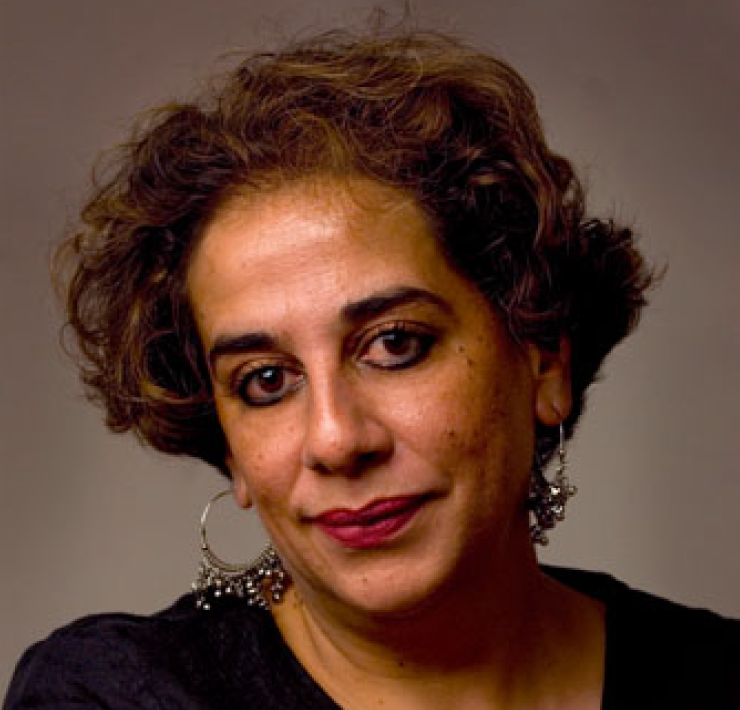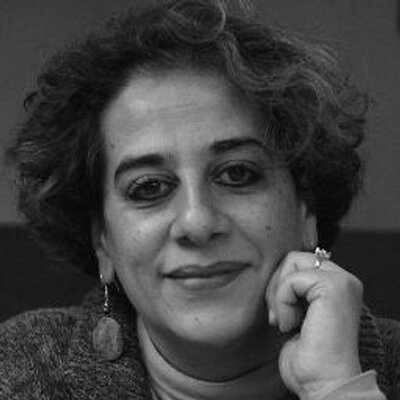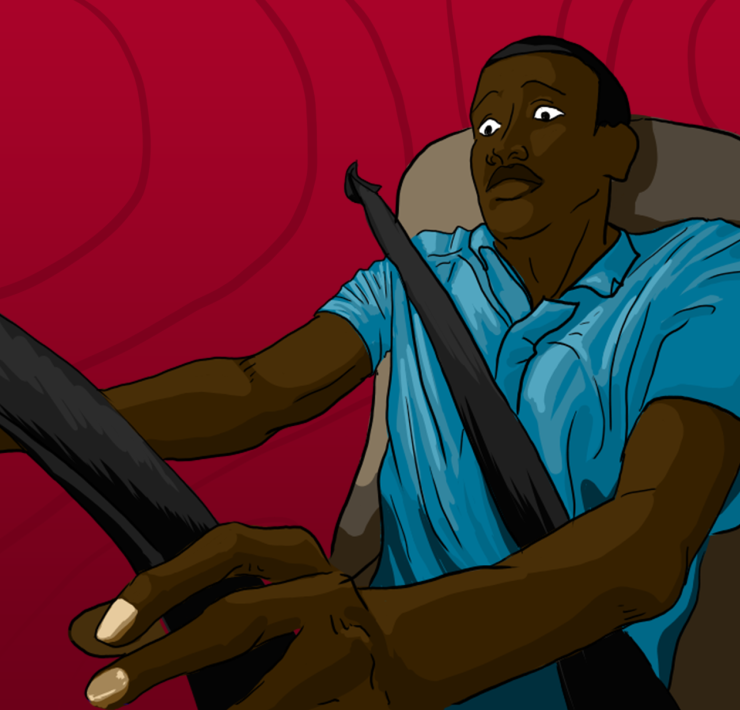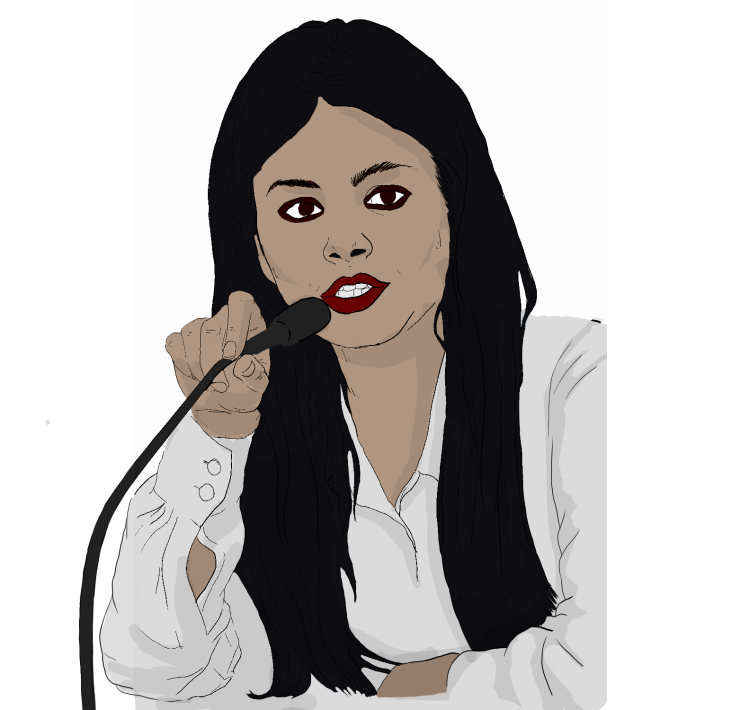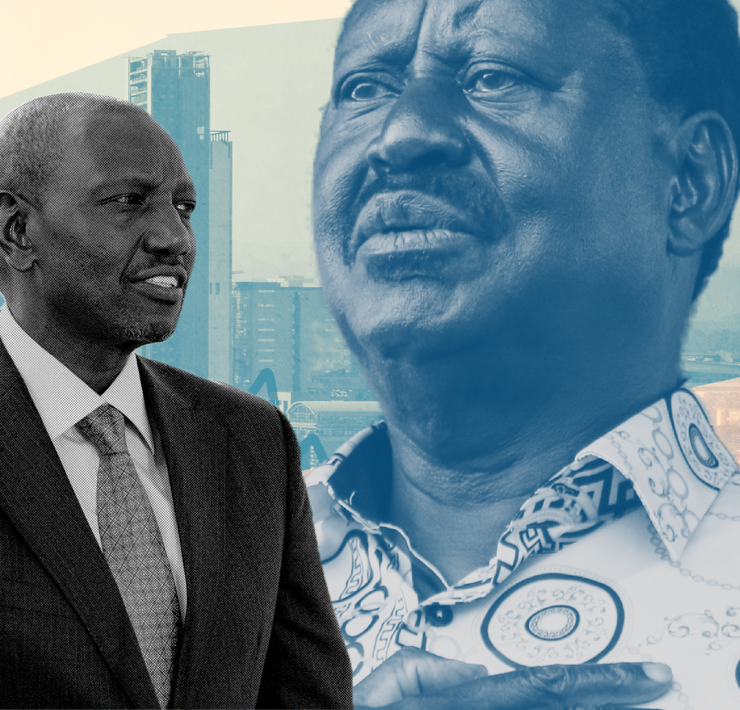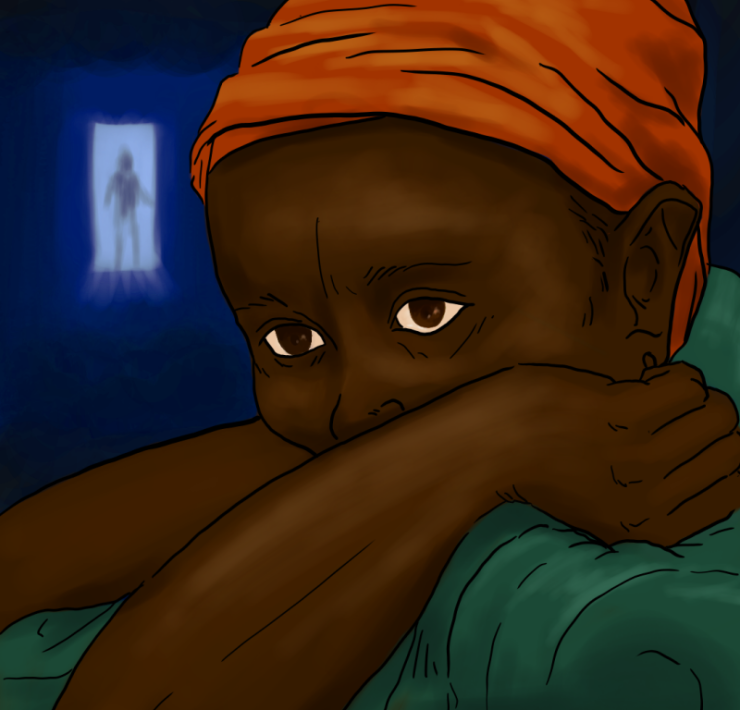Two disturbing things have been highlighted by the devastating earthquake that hit Turkey, which has so far claimed nearly 30,000 lives. The first thing is that most of the more than 12,000 buildings that collapsed did not meet engineering standards to withstand earthquakes. According to a BBC report, Turkey’s construction industry regularly flouts building codes and regulations, especially those that ensure that buildings are earthquake-resistant.
Authorities are also lax about enforcing these regulations. As is so often the case, economic interests take precedence over people’s safety, as we have seen so often in Kenya, where buildings collapse during or shortly after construction because the contractor used poor quality materials or paid off some quality assurance official to look the other way. According to the earlier mentioned BBC report, builders in Turkey don’t even need to pay a bribe to the authorities; there is a legal waiver – an amnesty – that allows structures to be built without safety standards. In this sense, the devastating aftermath of the earthquake in Turkey is both a natural and a man-made disaster.
The second thing that stands out in the tragic events unfolding in Turkey is the poor response of the Turkish government and the international community. While individual countries, including India, Germany, China, Russia, and even cash-strapped Lebanon, have been sending rescue teams and humanitarian assistance to the sites of the earthquake, there has been no massive national or global effort to help those most in need. Much of the relief effort is being led by Turkish volunteers and local NGOs and aid groups, not by the Turkish government or the United Nations, which have been slow to respond. This shows that in the face of a disaster such as this, ordinary people and community-driven initiatives are usually the most efficient and effective first responders. This was also the case after the 1998 bombing of the US embassy in Nairobi, when ordinary Kenyans physically dug out bodies and survivors out of the rubble.
It is an embarrassing moment for Turkey’s President Recep Tayyip Erdogan, who has been an avid advocate of Turkish aid to countries like Somalia, but is now forced to receive help from other countries and aid agencies. In 2011, Turkey, under Erdogan, was the first foreign government to establish a fully-fledged embassy in Mogadishu since Somalia’s civil war began in 1991. Turkish aid was subsequently instrumental in rebuilding Somalia’s broken infrastructure, such as roads, schools and hospitals.
Turkey has also been extremely generous to Syrian refugees. In 2016, it was hosting 2.7 million Syrians within its borders and had already spent nearly $10 billion on providing housing, food and medical assistance to the refugees. Indeed, Turkey’s response to the Syrian refugee crisis was remarkable and in sharp contrast to that of European countries, which were not only repelling the refugees but putting up fences to prevent them from entering. In 2016, when I visited the Nizip refugee camp near the city of Gaziantep (the site of much of the destruction caused by the recent earthquake), refugees lived in prefab houses that had electricity, hot water, fans, heaters and television sets. A 24-hour hospital took care of their medical needs and there were schools that provided education in both Arabic and Turkish. The Turkish government’s response to a major disaster within its own borders has, therefore, been baffling.
But then maybe it is better if the relief effort is led by the Turkish people themselves and community-driven efforts because there will be more accountability. In many instances, aid provided by governments and international humanitarian agencies can be misused or even stolen by government or agency staff or by local NGOs entrusted with delivering the aid. Haiti is a good example. In January 2010, a devastating earthquake hit Haiti, leaving thousands of people homeless. The scale of the destruction was so immense that a global appeal was launched to help those who had lost their homes and livelihoods. The United States and other rich countries, as well as private foundations and individuals, raised billions of dollars in aid to support Haiti’s reconstruction efforts.
But many believe that the billions raised in the name of Haiti in the aftermath of the catastrophic earthquake never reached the intended beneficiaries. Vijaya Ramachandran of the Center for Global Development and her research assistant, Julie Walz, conducted an investigation that found that more than 90 percent of humanitarian aid raised for Haiti in the aftermath of the earthquake went to intermediaries, such as UN agencies, international NGOs, and private contractors. Yet, there was little or no information on how the money was spent. In fact, their investigation showed that out of the thousands of organisations and projects that received funds for the relief effort, only four submitted reports on expenditure.
One joint investigation in 2015 by National Public Radio (NPR) and ProPublica found that despite having raised $500 million for Haiti’s earthquake victims who had lost their homes, the American Red Cross had only managed to build six permanent houses. Yet the organisation claimed that it had built permanent houses for more than 130,000 people.
There is no doubt that the UN and other international NGOs will launch an appeal to donors to fund relief and reconstruction efforts in Turkey, as they have done in other countries hit by war or disaster. I sincerely hope that the money raised will not end up where it did in Haiti.
Author
-

Rasna Warah is a Kenyan writer and journalist with over two decades of experience as an editor, writer and communications specialist. She wrote a weekly op-ed column for the Daily Nation, Kenya’s leading newspaper, for many years, and has contributed to various regional and international publications, including, the UK’s Guardian, Africa is a Country, The East African, The Mail and Guardian, The Elephant, and Kwani? She has worked as an editor and writer at the United Nations Human Settlements Programme (UN-Habitat) and has published two books on Somalia: Mogadishu Then and Now (2012) and War Crimes (2016). Her first book, Triple Heritage (1998), explored the history of South Asians in East Africa. Her latest book, Lords of Impunity (2022), examines the failures and internal contradictions of the United Nations and what can be done to transform this global body. She holds a Master’s degree in Communication for Development from Malmö University in Sweden and a Bachelor of Science Degree in Psychology and Women’s Studies from Suffolk University in Boston, USA. She is based in Nairobi, Kenya.
Rasna Warah is a Kenyan writer and journalist with over two decades of experience as an editor, writer and communications specialist. She wrote a weekly op-ed column for the Daily Nation, Kenya’s leading newspaper, for many years, and has contributed to various regional and international publications, including, the UK’s Guardian, Africa is a Country, The East African, The Mail and Guardian, The Elephant, and Kwani? She has worked as an editor and writer at the United Nations Human Settlements Programme (UN-Habitat) and has published two books on Somalia: Mogadishu Then and Now (2012) and War Crimes (2016). Her first book, Triple Heritage (1998), explored the history of South Asians in East Africa. Her latest book, Lords of Impunity (2022), examines the failures and internal contradictions of the United Nations and what can be done to transform this global body. She holds a Master’s degree in Communication for Development from Malmö University in Sweden and a Bachelor of Science Degree in Psychology and Women’s Studies from Suffolk University in Boston, USA. She is based in Nairobi, Kenya.

